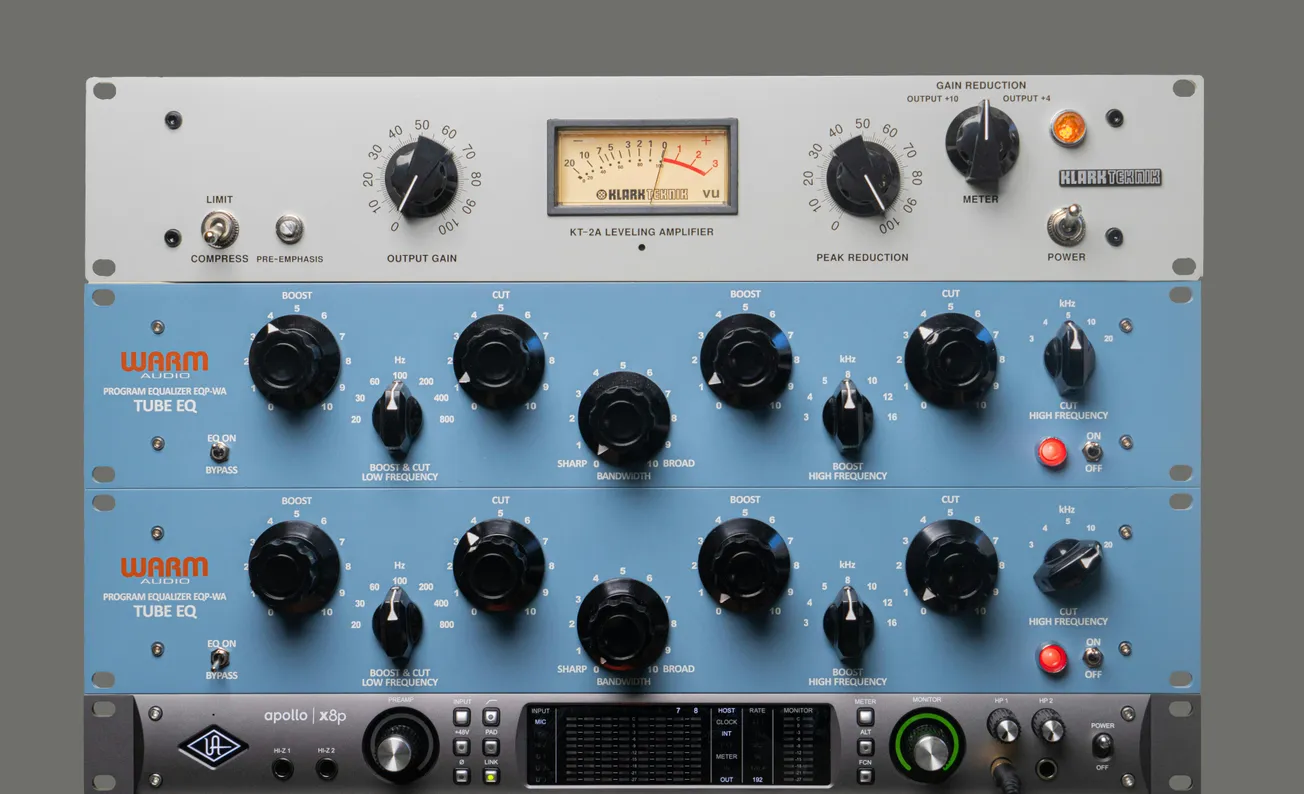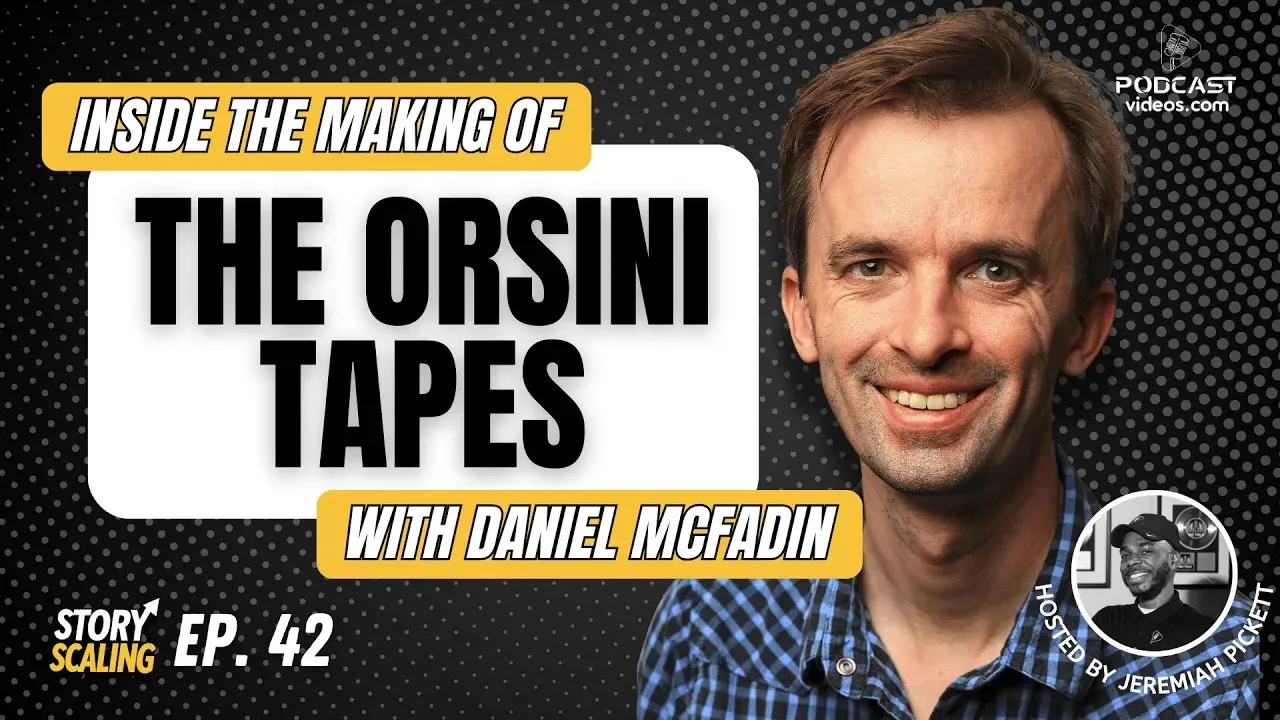For podcasters aiming for effortless delivery, a well-crafted script is the secret weapon. This guide breaks down the essential steps to creating a podcast script that ensures confidence, structure and natural on-air presence, transforming even complex topics into engaging listening experiences.
The Foundation: Defining Your Goal and Audience
Before pen touches paper, clarify the purpose of your podcast episode. Are you aiming to entertain, inform or inspire?
This objective will dictate your tone and overall structure. Equally important is understanding your audience: their interests, expectations and attention spans. This insight will shape the script's content and delivery.
Choosing the Right Format
Podcasts vary widely in style, from solo commentary and interviews to panel discussions and narrative storytelling. Each format requires a tailored script.
An interview script might focus on key questions and transitions, while a narrative podcast will need detailed scene-setting, voiceover notes and pacing cues.
Building a Strong Outline
Think of your outline as a roadmap for your episode. Divide it into distinct sections: an engaging introduction, a well-organized main body and a conclusive summary.
Within each section, jot down the core points or story beats you intend to cover. This structured approach prevents rambling and ensures you hit all essential elements.
Writing for the Ear
Podcast scripts should sound conversational, not academic. Employ short sentences, contractions and natural phrasing.
Reading your draft aloud is crucial; if a sentence feels awkward or difficult to say, rework it. The goal is to sound authentic and engaging to a listener, not like you're reading from a paper.
Incorporating Timing and Stage Directions
Scripts are more than just words; they are tools for pacing and delivery. Include subtle notes for pauses, tone shifts or sound effects. For instance, a note like '[pause for effect]' or '[insert transition music]' can significantly enhance the flow and guide the listener's experience.
Maintaining Flexibility
Even the most detailed script should accommodate spontaneity. Include bullet points or optional notes for moments where you might elaborate on a point, share a personal anecdote or interact with a co-host.
This balance between structure and improvisation keeps the podcast dynamic and authentic.
The Revision Process: Trimming and Polishing
Overwriting is a common pitfall. Once your draft is complete, meticulously trim any content that doesn't directly serve your main objective.
Tightening your script ensures a punchier episode that keeps listeners engaged from beginning to end. Rehearsal is key here, allowing you to identify and refine awkward phrasing or slow sections.
Podcast Script Templates and Examples
While a standard template can provide a solid starting point, remember that structure varies by format. Solo shows, interviews and narrative podcasts each benefit from unique script layouts.
Utilizing templates can help maintain consistency and organization, offering a framework that supports natural conversation and ad-libbing.









